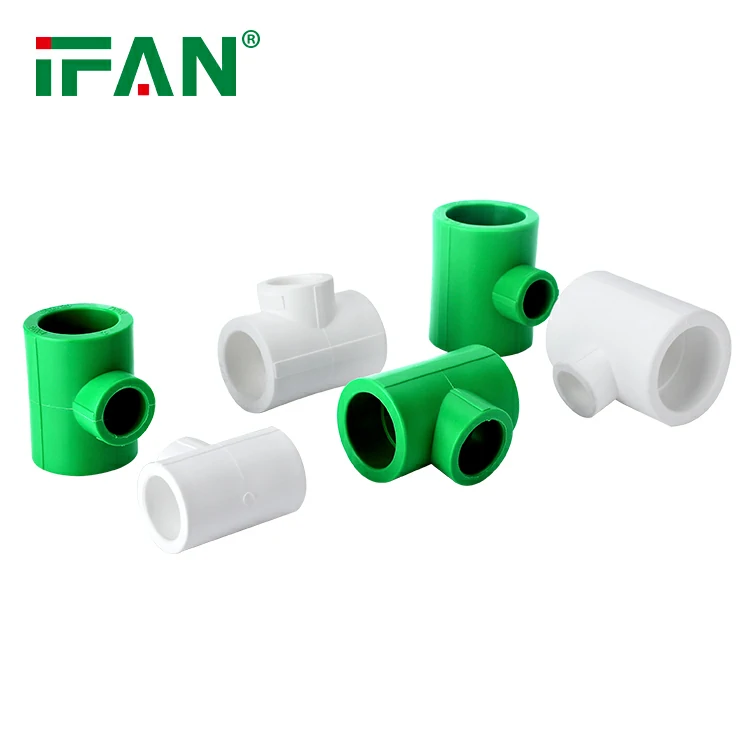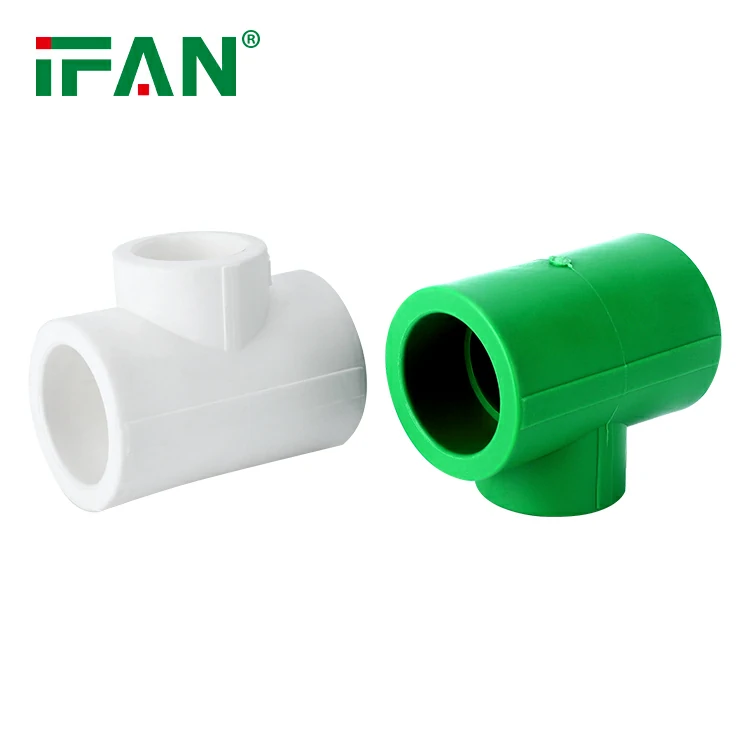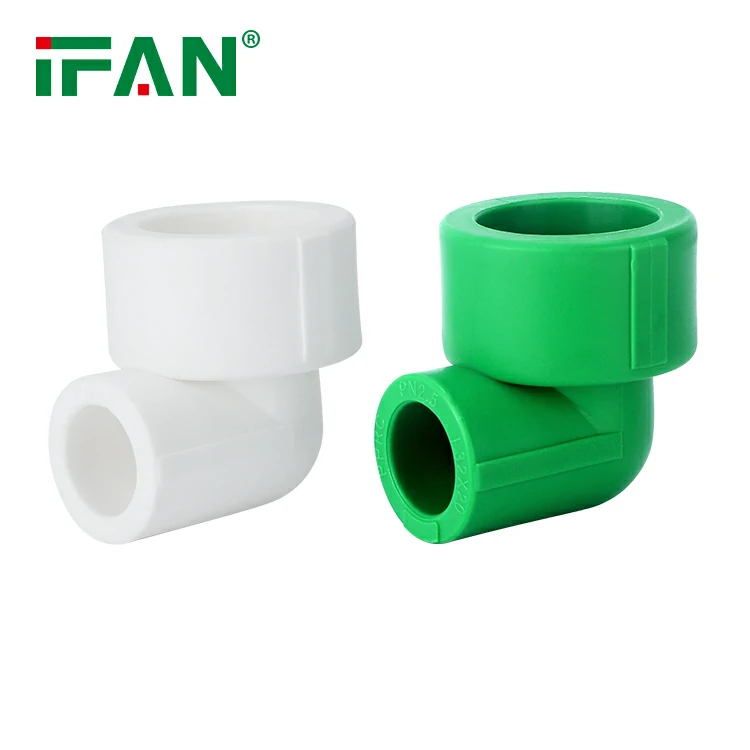IFAN factory 30+ years manufacture experience support color /size customization support free sample.Welcome to consult for catalog and free samples.This is our Facebook Website:www.facebook.com,Click to watch IFAN’s product video.Compared with Tomex products, our IFAN products from quality to price are your best choice, welcome to buy!
CPVC (Chlorinated Polyvinyl Chloride) fittings have gained significant traction in fire sprinkler systems due to their unique properties and advantages. These fittings are designed to provide reliable performance in high-pressure environments, making them ideal for life-saving applications. This article delves into the essential aspects of CPVC fittings in fire sprinkler systems, covering their benefits, installation considerations, regulatory compliance, maintenance requirements, and future trends.
Benefits of CPVC Fittings
CPVC fittings offer a range of advantages when used in fire sprinkler systems. One of the primary benefits is their resistance to corrosion and chemical degradation, which can be prevalent in traditional metal piping. This property extends the lifespan of the system, reducing the need for frequent replacements. Additionally, CPVC fittings are lightweight, making them easier to handle and install compared to heavier alternatives like steel or copper. Their smooth interior surface also minimizes friction losses, contributing to more efficient water flow during an emergency.
Installation Considerations
When installing CPVC fittings in fire sprinkler systems, several factors must be taken into account. Proper installation techniques are crucial to ensure system integrity and performance. CPVC fittings typically require solvent cement for joining, which necessitates careful preparation of the pipe ends and application of the adhesive. It is essential to follow manufacturer guidelines regarding curing times and environmental conditions during installation. Furthermore, installers must ensure that the system is designed according to NFPA (National Fire Protection Association) standards, which dictate spacing, coverage, and pressure requirements.
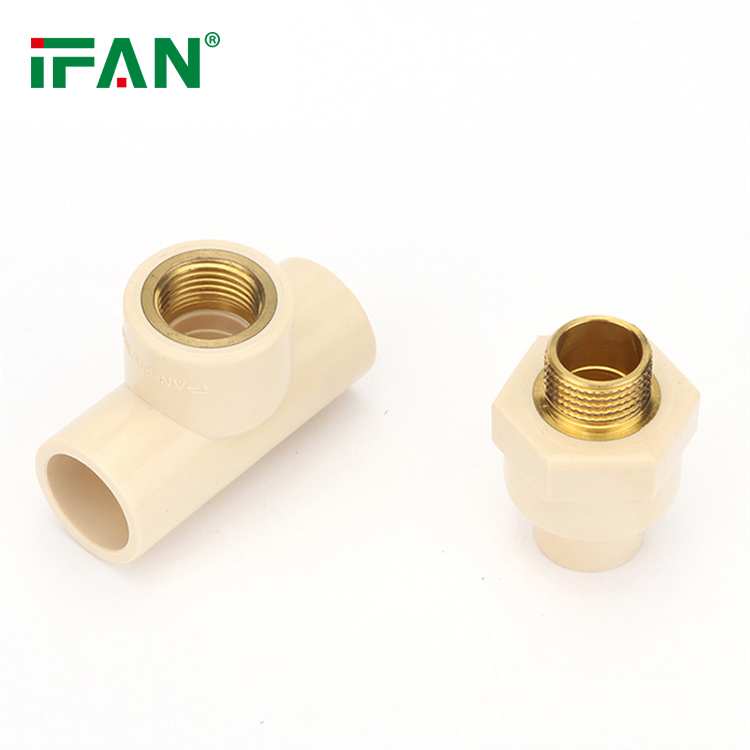
Regulatory Compliance
Fire sprinkler systems using CPVC fittings must adhere to various regulations and codes. In the United States, the NFPA 13 standard outlines the requirements for the design and installation of sprinkler systems, including specifications for materials. CPVC fittings must be listed by recognized testing laboratories to ensure they meet safety and performance standards. Compliance with local building codes is also critical, as these regulations may vary by region. It is important for contractors and engineers to stay updated on relevant codes and standards to avoid potential legal and safety issues.
Maintenance Requirements
While CPVC fittings are known for their durability, regular maintenance is still necessary to ensure optimal performance of fire sprinkler systems. Regular inspections should include checking for signs of damage, such as cracks or discoloration, which could indicate exposure to extreme temperatures or chemicals. Additionally, it is essential to verify that all fittings are securely bonded and that there are no leaks in the system. Routine flushing of the system can help remove debris and ensure proper water flow. By implementing a proactive maintenance schedule, property owners can enhance the longevity and efficacy of their fire protection systems.
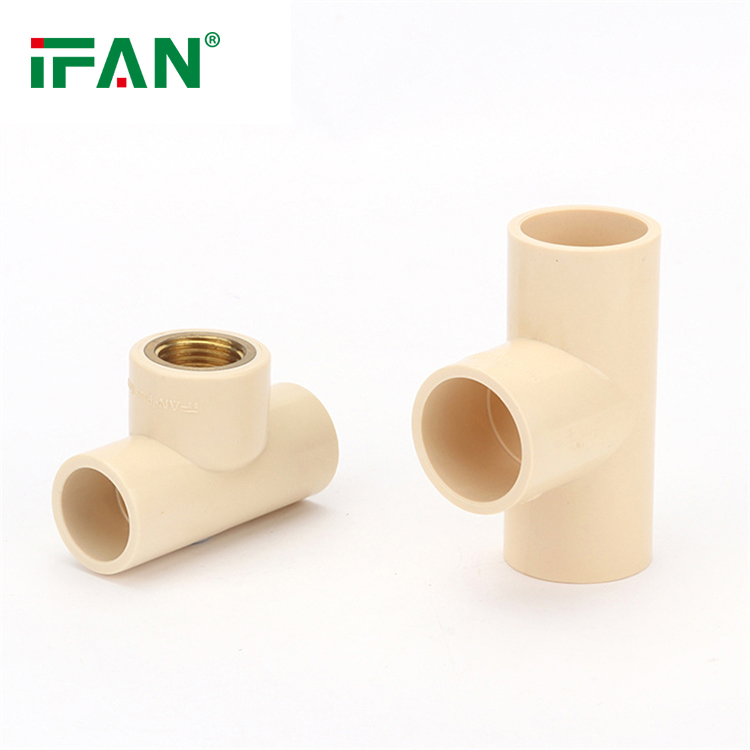
Future Trends in CPVC Fittings
The market for CPVC fittings in fire sprinkler systems is evolving, influenced by advancements in material science and changing industry needs. Innovations such as improved formulations for temperature resistance and enhanced fire performance are being developed to address specific challenges faced in fire protection. Furthermore, the growing emphasis on sustainability is prompting manufacturers to explore eco-friendly alternatives and production methods. As smart building technologies become more prevalent, integrating CPVC fittings with advanced monitoring systems will likely improve responsiveness and efficiency in fire suppression efforts.
Conclusion
CPVC fittings play a vital role in the effectiveness and reliability of fire sprinkler systems. Their numerous benefits, alongside proper installation and adherence to regulatory standards, make them a preferred choice for fire protection professionals. Regular maintenance and awareness of emerging trends will further enhance their effectiveness in safeguarding lives and property. As technology advances and the industry continues to evolve, CPVC fittings will remain integral to the future of fire safety solutions.

